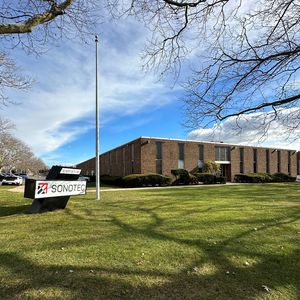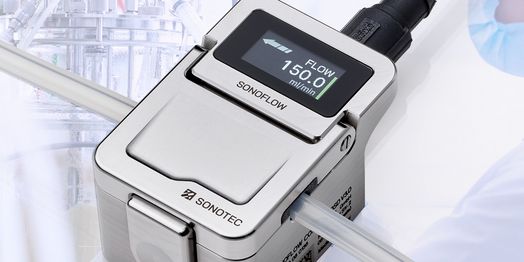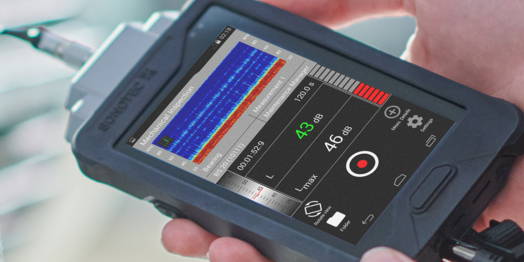Ultrasound is Our Strength
SONOTEC is a leading specialist in ultrasonic measurement technology solution based in Halle (Saale), Germany. With around 200 employees, SONOTEC develops and manufactures customer-specific ultrasonic transducers, sensors, testing equipment, and measurement technology solutions for Non-Invasive Fluid Monitoring, Preventive Maintenance, and Non-Destructive Testing.

Growth through Innovation with Ultrasound
SONOTEC was founded in the beginning of 1991 by the physicists Dr. Santer zur Horst-Meyer and Hans-Joachim Münch and has been family-owned ever since. In April 2019, Manuela and Michael Münch strengthened the management team of the business, while Dr. Santer zur Horst-Meyer moved to an advising role. With around 200 employees today, we are a growing technology company established on the market as a provider of products and solutions using ultrasonic measurement technologies.
We are Certified
TÜV Rheinland certified
Management System EN ISO 13485: 2016

TÜV Rheinland certified
Management System ISO 9001:2015

Do you have any questions?
Feel free to contact us! We will be happy to help you.

SONOTEC US Inc.
SONOTEC US Inc.
10 Newton Pl., Ste. 100
Hauppauge, New York 11788





